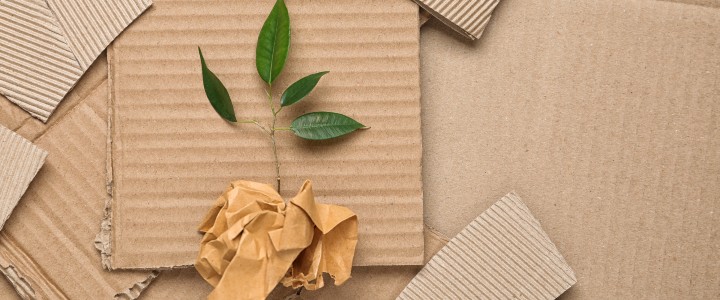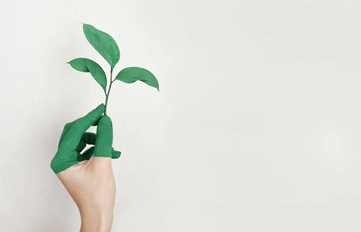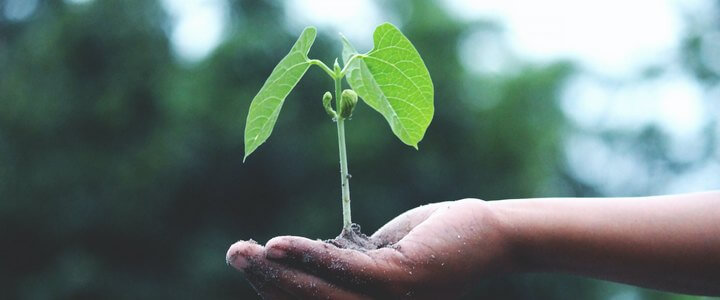Why Should Businesses Adopt Sustainable Packaging Strategies?
You know that sustainability is more than a buzzword — it’s a way of doing business that enables companies to be more environmentally friendly, save money, and attract new customers. However, many companies aren’t sure where to start when adopting sustainable packaging strategies. They might worry about the costs or whether it’ll work for their company.
Here are all the benefits of sustainable packaging and why businesses should consider adopting these strategies.

The Benefits of Sustainable Packaging
Sustainable packaging is a new and exciting trend that’s gaining traction. More people are seeking green options due to how traditional plastic packaging harms the environment.
The benefits of sustainable packaging are numerous. First, it reduces the amount of plastic that goes to landfills. Businesses can reduce costs and storage space by using less material. It also significantly reduces carbon emissions, which contribute to climate change.
Sustainable packaging also improves a company’s brand image, allowing them to stand out from competitors. Consumers love businesses that take a stand for the environment. Therefore, adopting sustainable packaging strategies shows them they care about their customers’ well-being while demonstrating a commitment to protecting the planet.
The Top Sustainable Packaging Strategies to Adopt
Now that you understand the benefits of sustainable packaging, here’s a look at some strategies businesses can implement to become more eco-friendly.
1. Reduce the Amount of Packaging You Normally Use
Organizations should reduce their amount of packaging. The fewer materials you use, the easier it becomes for transportation — and reducing the shipment’s size lowers a company’s carbon footprint.
Businesses should consider the following to start reducing the amount of packaging they use:
- Downsize product weight. Companies can achieve this by using lighter materials.
- Use reusable containers and bags for shipping and storage. This will reduce the number of times to use new packaging, reducing the overall cost.
- Look into options that allow consumers to return empty containers and other materials so you can reuse them.
2. Utilize Recyclable Packaging Materials
Recyclable packaging is another important step in the journey toward a sustainable future. Businesses that invest in this eco-friendly practice can win more customers and increase their bottom line.
One way they can get started is by ensuring they use packaging made of recycled materials. Paperboard cardboard is a common example of recycled packaging materials. It’s made with paper pulp and is lightweight. You can easily cut or shape it into the right size — ideal for shipping.
Businesses can also use mailers or containers made of recycled plastics. These materials come from a recycling facility that places them back into the circulation of packaging supplies.
3. Partner With Sustainable Manufacturers
Sustainable manufacturing is the future since it’s one of the most energy and carbon-intensive industries. That makes it a win-win for the environment and companies.
Manufacturers that use sustainable practices are more concerned about the environment than those who don’t. Therefore, they’re more likely to be open-minded about their partner’s new ideas.
One way to start partnering with manufacturers that use sustainable practices is by researching the local community. Businesses can determine if area manufacturers use eco-friendly processes and what methods they implement in their operations.

4. Use Biodegradable or Compostable Packaging
Biodegradable or compostable packaging is a great way for businesses to reduce their environmental impact. In fact, it can be surprisingly easy and cost-effective to make the switch.
Biodegradable or compostable packaging is made from materials that break down over time, leaving no lasting impact on the environment. It’s typically made from plant-based fibers such as cornstarch, sugarcane and mushrooms.
The type of biodegradable or compostable packaging depends on the products you need to pack. For example, companies that sell and ship food must ensure they use the right material so it doesn’t affect the flavor.
On the other hand, bulkier shipments require more durable biodegradable or compostable materials, like cornstarch.
5. Recycle the Packaging
Companies can begin recycling their packaging by partnering with businesses that offer recycling services. They will take care of all the details, including finding a local facility willing to take their recyclable materials and ensuring they sort and process them properly.
Companies can also recycle their own packaging materials. They can work with environmental consulting firms to learn the details.
Reap the Benefits of Sustainable Packaging
Adopting sustainable packaging strategies is a great way to reduce a business’s environmental impact while creating new opportunities. There are many reasons to consider sustainable packaging, from lowering carbon footprints to saving money.
Companies that take the time to understand these strategies can see how much of an impact they have.



















